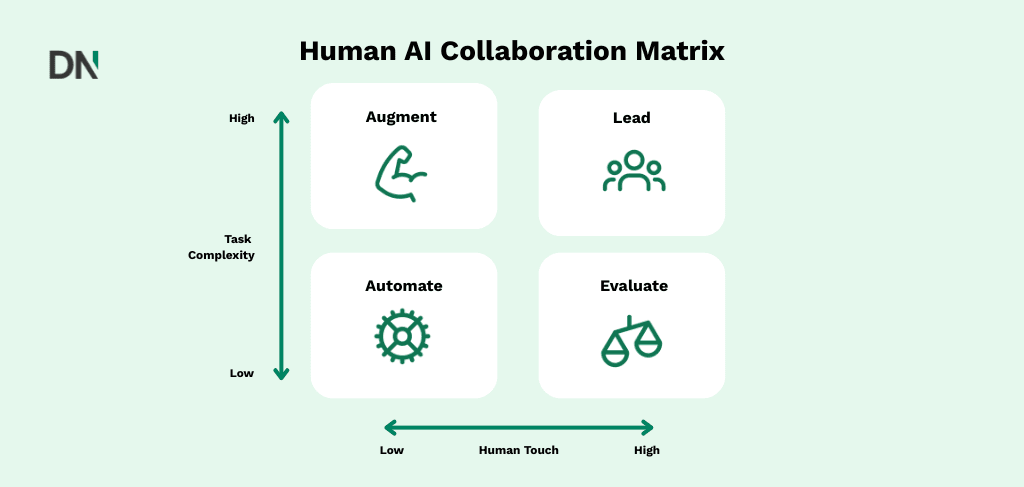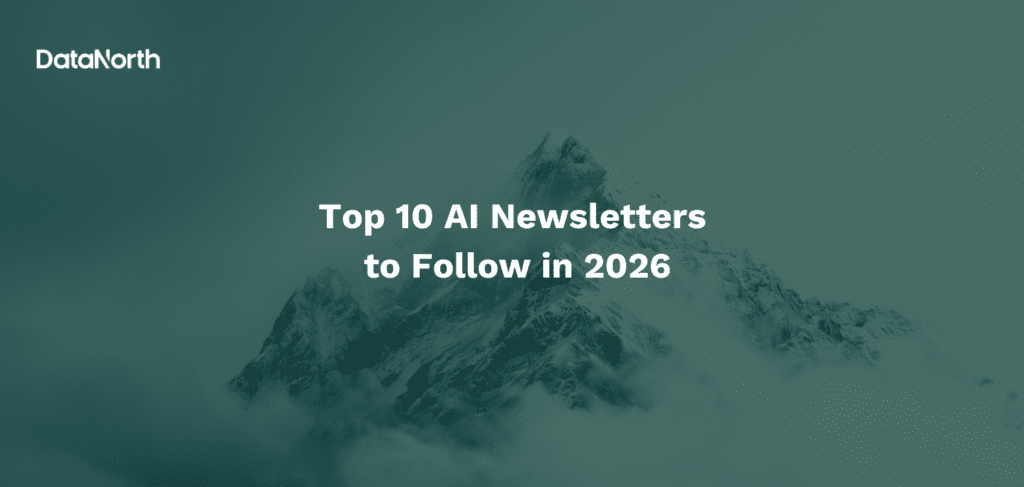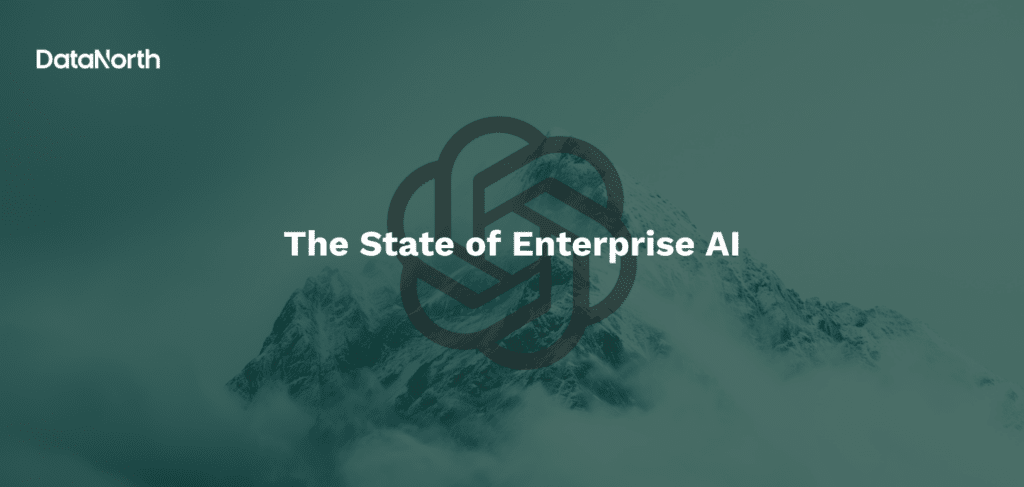One of the most current discussions revolves on how much independence can AI systems achieve and how should they interact with humans to bring the most effective results.
Let’s explore how your business can utilize AI autonomy while still maintaining control and ensuring positive outcomes.
What is AI Autonomy?
AI Autonomy refers to the ability of artificial intelligence systems to operate independently, make decisions and execute complex tasks without requiring constant human intervention. These systems rely on advanced algorithms, data inputs and sometimes physical devices to collect and process information. This enables them to adapt to real time changes and achieve specific objectives autonomously.
Through reinforcement learning and unsupervised learning, these systems continuously improve, adapting to new data and environment with minimal oversight. This increasing autonomous agency allows AI to perform tasks once exclusively managed by human agents, allowing businesses to operate more efficiently.
From Automation to Autonomy
While automation has been a key factor in driving efficiencies for many industries, AI Autonomy takes this a step further. Automation focuses on repetitive tasks, minimizing human involvement to boost productivity. However, AI autonomy is about providing systems the ability to understand context and adapt to new data, and make decisions that were once exclusively human driven.
This shift isn’t just about algorithmic systems taking over jobs, it’s about creating smarter systems that can act more like an extension of the human workforce, amplifying human capabilities and allowing for faster and more accurate decision making.
This invites sociotechnical systems to evolve, where both human and autonomous agents work together seamlessly. As AI systems become more autonomous, businesses can maintain a sufficient range of control while allowing machines to handle tasks that require processing vast amounts of data quickly and effectively.
AI & Human Collaboration
While the idea of a fully autonomous AI might sound revolutionary, the reality is more challenging. Moving beyond automation to collaboration allows AI to act as a tool that enhances human potential, rather than replacing it. By leveraging AI ability to process large amounts of data, identify patterns, and suggest outcomes, organizations can empower their human operators to make better, more informed decisions.
AI stands out in tasks that require deep analysis or work that would be impractical for humans to perform on their own. But human intuition, creativity and emotional intelligence are qualities that AI still struggles to replicate. Therefore, the best results come when humans and AI work together, balancing the strengths of both.
In this context of autonomy, it’s essential to emphasise moral agency. Both AI and humans have roles to play in ensuring that tasks are completed ethically and effectively. By working collaboratively, AI and human agents can achieve meaningful tasks that respect human values, ensuring the exercise of autonomy remains aligned with broader societal goals.

Business Autonomy and AI
Autonomous businesses leverage advanced technologies like AI, machine learning and data analytics to optimize processes, make decisions and scale operations independently.
1. Faster decision making
With AI systems becoming more autonomous, businesses can expect to be faster and more accurate in decision making. AI can analyze data in real time, making instant recommendations based on real world conditions.
For instance, retailers use autonomous AI to dynamically adjust prices and inventory based on live demand, competitor pricing, and supply chain status.
This leads to reduced cognitive overload for human operators and allows them to focus on more intricate strategic decisions.
2. Operational efficiency
Autonomous technology can identify inefficiencies within workflows and suggest or implement changes that improve performance.
In manufacturing, autonomous robotic systems monitor production lines, identify defects, and self-correct processes in real time to reduce waste and downtime.
The integration of digital technologies into day to day operations allow businesses to optimize their economic resources more effectively.
3. Scalability
As your business grows, so does the amount of data you generate and need to analyze. Autonomous AI systems can scale to handle vast amounts of data without the need to continually expand human resources.
For example, AI-powered chatbots can handle thousands of customer queries across languages and regions, scaling customer support operations without increasing staffing costs.
This makes AI a powerful tool for growing businesses that need to stay competitive. AI’s ability to scale also involves leveraging international resources and cultural resources, ensuring that it operates effectively across diverse markets.
4. Personalized & customer experience
AI systems that operate autonomously can be used to provide personalised customer experiences. By analyzing customer preferences, behaviours and historical data, AI can offer tailored recommendations, support and solutions without waiting for human intervention.
Streaming platforms like Netflix and Spotify use autonomous recommendation systems to suggest content based on user behavior, enhancing engagement without manual curation.
These recommender systems can act as moral agents in terms of helping customers find the best fit for their needs.
Challenges of AI Autonomy
Despite the potential benefits, it’s important to be aware that autonomous AI systems do not come without challenges.
The biggest concern is maintaining human oversight. As AI becomes more capable, businesses must ensure that decision making remains aligned with their goals and ethical standards. There is always the risk that AI systems might operate in ways that humans do not fully understand, which could lead to unintended consequences.
This is where explainable systems come into play. For businesses to maintain trust in their AI, it is crucial that these systems be transparent in how they make decisions. Without clear insights into the decision-making processes, violations of autonomy can occur, leading to disrespect for autonomy and reduced accountability.
Another challenge is ensuring that AI systems are aligned with human values and priorities. Autonomous agents should be designed in a way that they complement and enhance human expertise, not act as a substitute. Collaboration remains key as AI should amplify human abilities and not diminish them.
The Path to AI Autonomy
As businesses embrace more sophisticated AI systems the line between human and machine decision making becomes blurry, creating a seamless integration between both. This opens up new possibilities for innovation, efficiency and customer experience.
The future of AI Autonomy lies in striking the right balance where machines can handle tasks that are repetitive, data driven and complex, while humans provide the creativity, emotional intelligence and strategic thinking that AI systems still lack.
At DataNorth, we’re here to guide your organization on this journey, helping you unlock the full potential of AI while ensuring that autonomy and collaboration work together for lasting impact.






